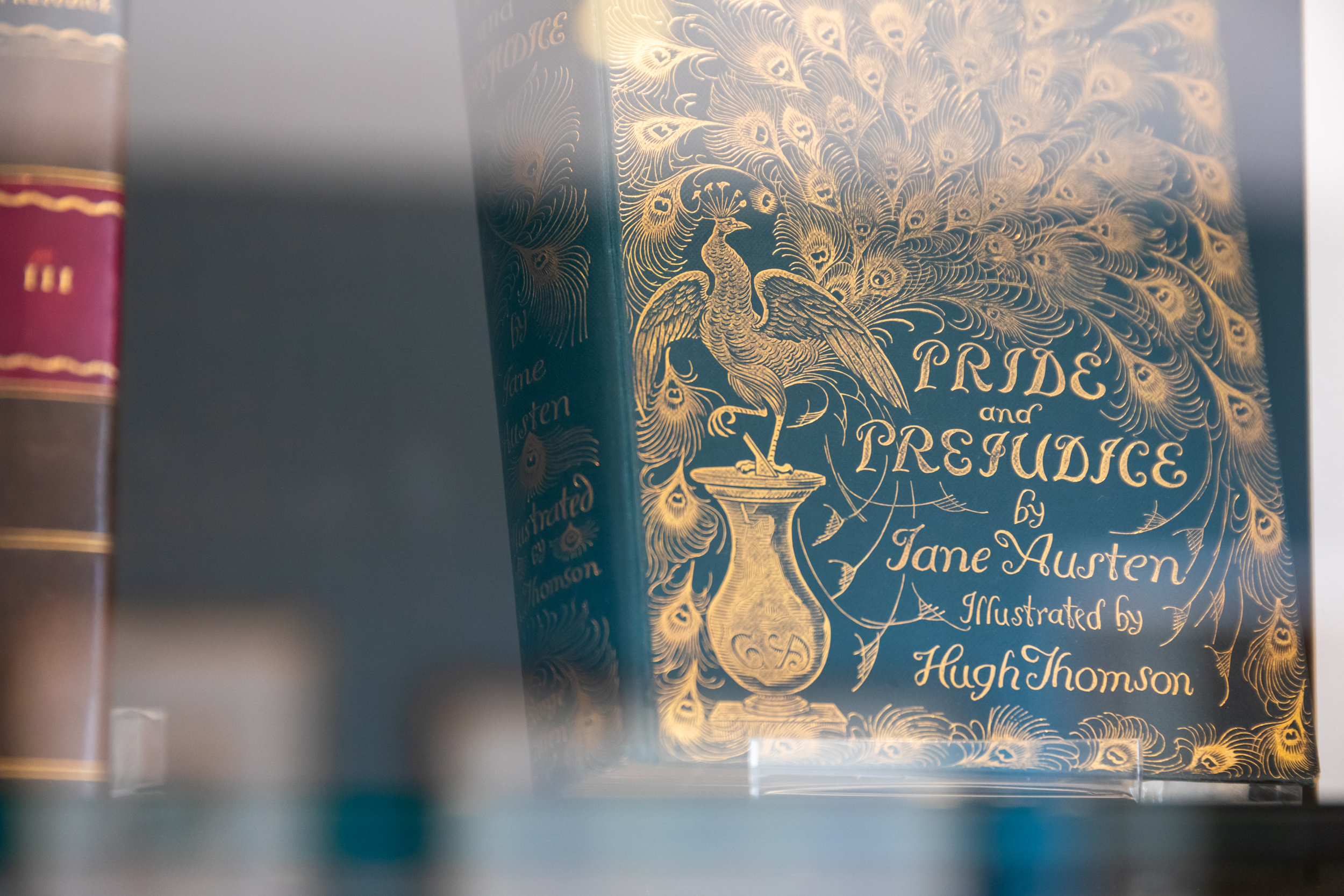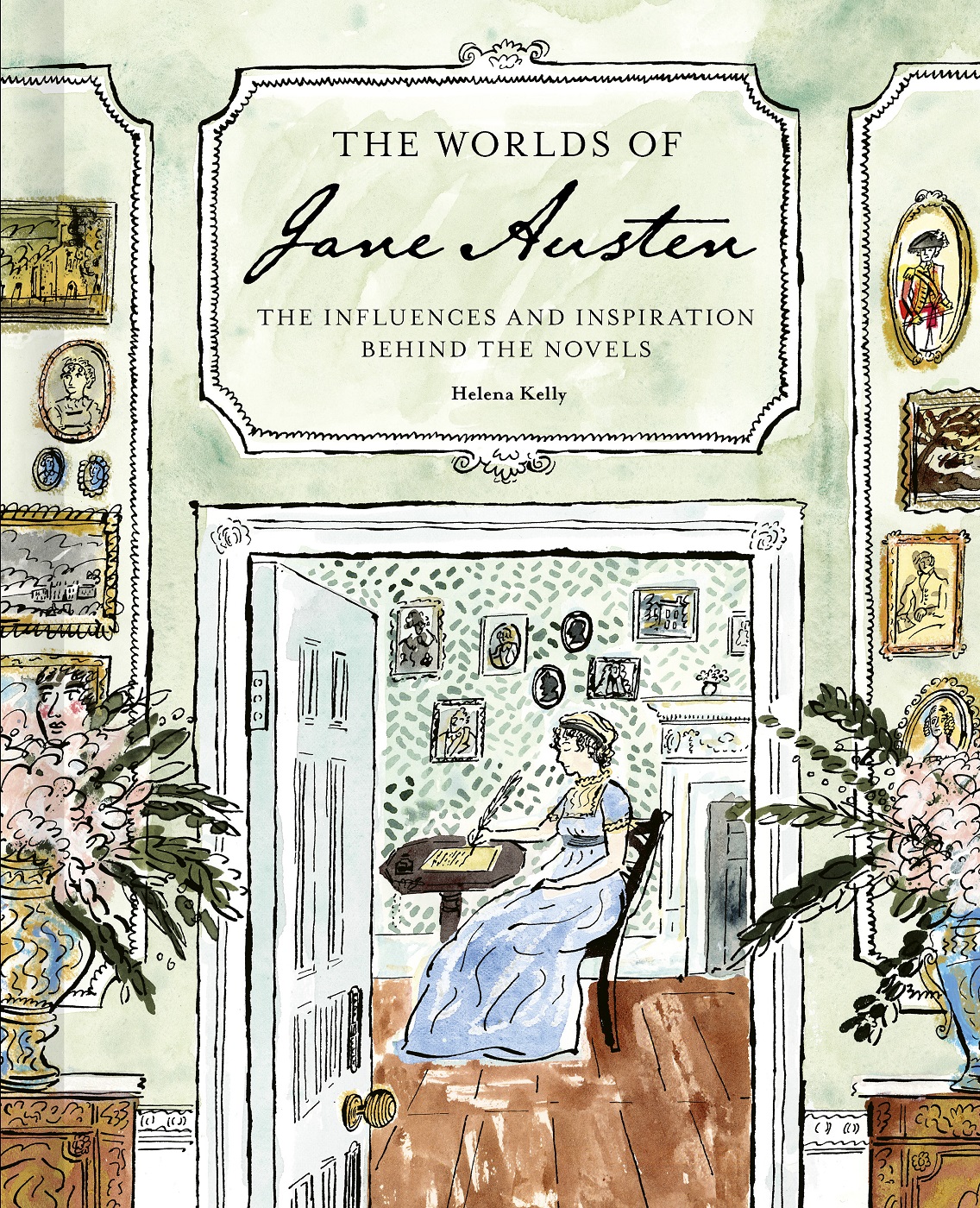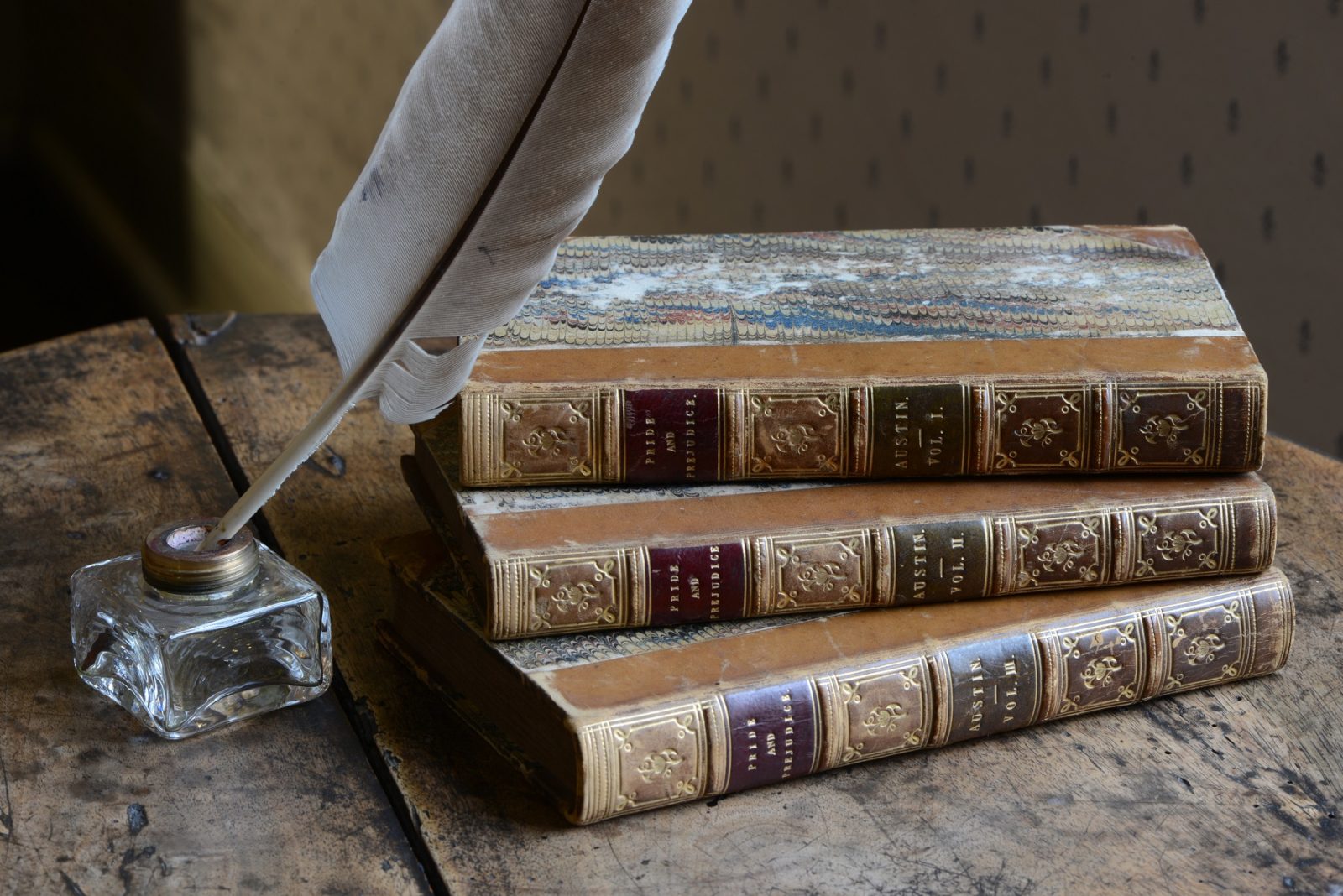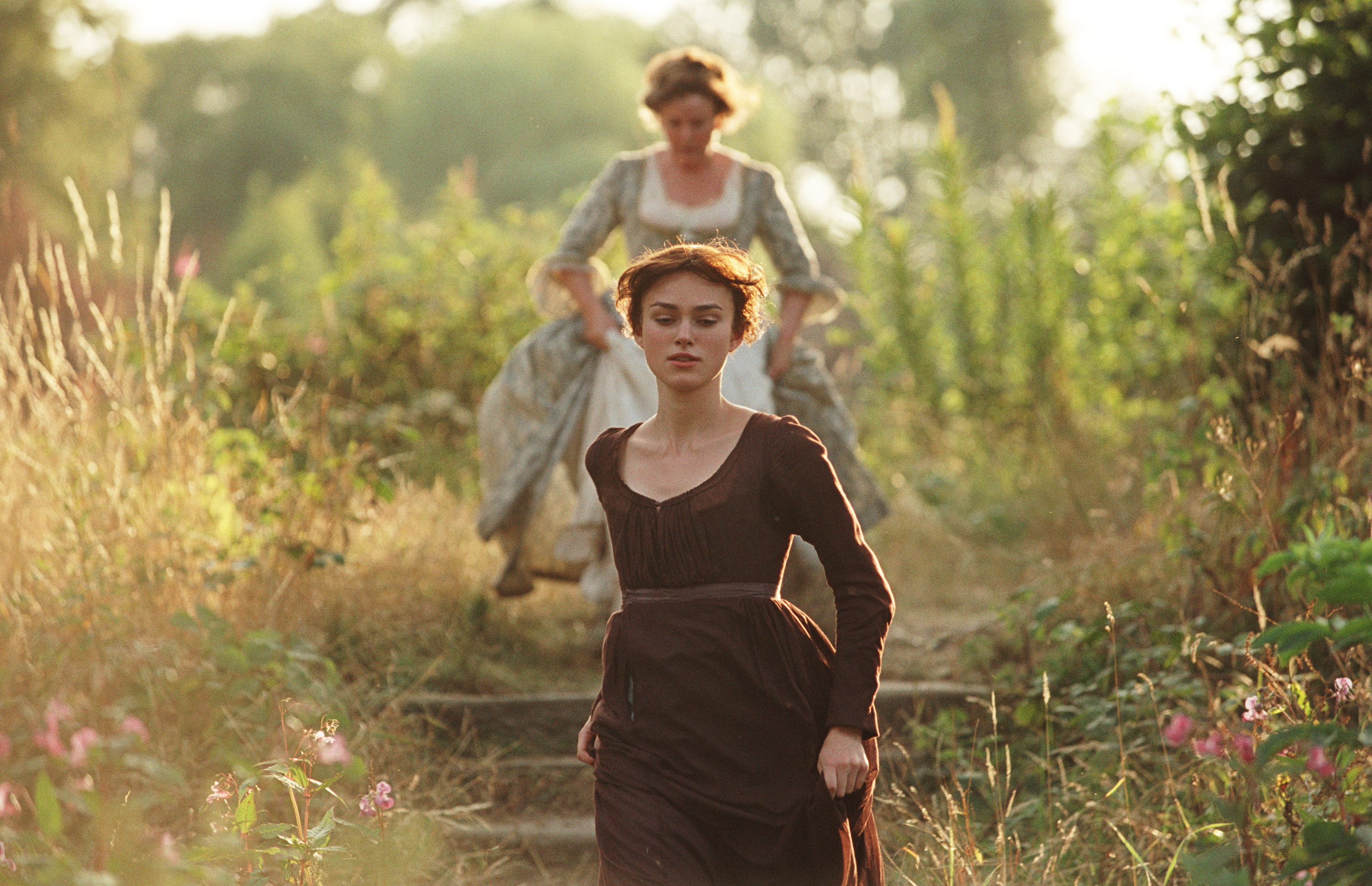Pride and Prejudice Festival, 24 – 28 January 2026
Tickets for our much-loved Pride and Prejudice Festival are now on sale!We are delighted to announce that our much-loved Pride and Prejudice Festival will return in 2026 with a glorious and packed programme of events, giving us much to look forward to and enjoy in the dark days of January. The festival will run from Friday 24th to Wednesday 28th of January, and tickets are now on sale!
The festival will feature a programme of special events, including talks by a range of brilliant and inspiring speakers, including best-selling author and Austen scholar Helena Kelly on her new book The Worlds of Jane Austen, comedian and author Rachel Parris on her new novel, Introducing Mrs Collins and legal expert Nichola McNulty who will unravel the legal knots in Austen’s drawing rooms! Our very own Lizzie Dunford will also deliver a fascinating talk on The Making of Pride and Prejudice!
There will be some exciting performances, including Rebel Readings – a lively session by actors Hollie Hales and Charlotte Warner who will present readings by some of the inspiring women writers that Jane Austen loved and was inspired by – from Frances Burney and Maria Edgeworth to Charlotte Smith and Ann Radcliffe.
A highlight of the festival is A Celebration of Pride and Prejudice in Objects and Music, a very special event that begins with a special viewing of treasures from the museum collection, followed by a unique performance by acclaimed musical duo The Little Song Party – soprano Penelope Appleyard and pianist Jonathan Delbridge.
Festival favourites include our ever-popular Objects in Focus, led by an expert member of our Collections team, themed House Tours, and our popular Pride and Prejudice Salon – this time led by the brilliant Remona Aly – join her for tea and swap your Pride and Prejudice stories!
Free events throughout the festival include daily pop up talks, and peaceful Drop in and Write and Drop in and Read sessions.
The festival includes a number of special virtual events so Jane Austen fans around the world can join in the festivities online. Virtual events include a fascinating talk by dress historian Eleanor Houghton, co-produced with the Brontë Parsonage Museum. We’re also looking forward to a fascinating talk by Pride and Prejudice (2005) by screenwriter Deborah Moggach and a lively virtual performance of Pride & Prejudice: A Play on Jane Austen’s Words adapted by Joanna Norland and performed by Shake-Scene Theatre Company.
Our 2026 exhibition Staging Pride and Prejudice will open in time for the festival on 22 January and run throughout the year. The exhibition celebrates the first major stage adaptation of the novel, a sparky retelling by Helen Jerome that lit up Broadway and the West End in 1930s and changed the way the novel was read. The exhibition will showcase a set of delightful costume designs by Rex Whistler, one of the most dazzling and diverse artists of the inter-war period.
To help with booking multiple events, a small number of Full Day Passes are available for both Saturday 24th and Sunday 25th January. A Virtual Festival Pass is also available for those wishing to attend all three virtual events.
See below for the full festival line-up and to book tickets!
FESTIVAL PROGRAMME:
Saturday 24
9am: House tour: Pride and Prejudice
11am: Talk: The Making of Pride and Prejudice
1pm: Free pop up talk: Staging Pride and Prejudice
1.30pm: Rebel Readings
3.15pm: Rebel Readings
Full day pass available!
Sunday 25
10am: Pride and Prejudice Salon with Remona Aly
12pm: Talk: The Worlds of Jane Austen with Helena Kelly
2pm: Talk: The Fee Tail and Female Fury in Austen’s Legal World with Nichola McNulty
4pm: A Celebration of Pride and Prejudice in Objects & Music
Full day pass available!
Monday 26
10.30: Drop in and Read
8pm: Virtual Talk: Lives in the Making: Jane Austen and Charlotte Bronte
Tuesday 27
11am: Objects in Focus: Pride and Prejudice
2pm: Drop in and write
8pm: Virtual Performance: Pride and Prejudice with Shake-Scene
Wednesday 28
Pride and Prejudice Day!
9am: House Tour: Pride and Prejudice
11am: Talk: The Making of Pride and Prejudice
8pm: Virtual Talk: Screenwriting Pride and Prejudice by Deborah Moggach





